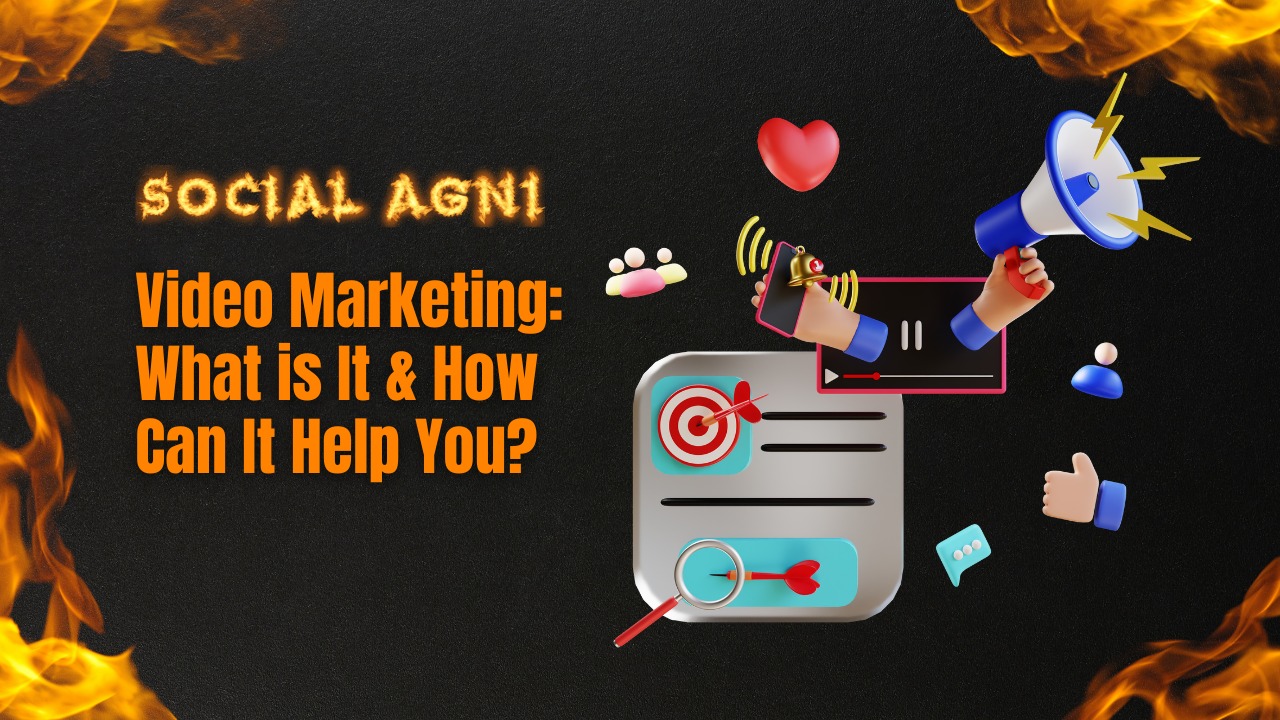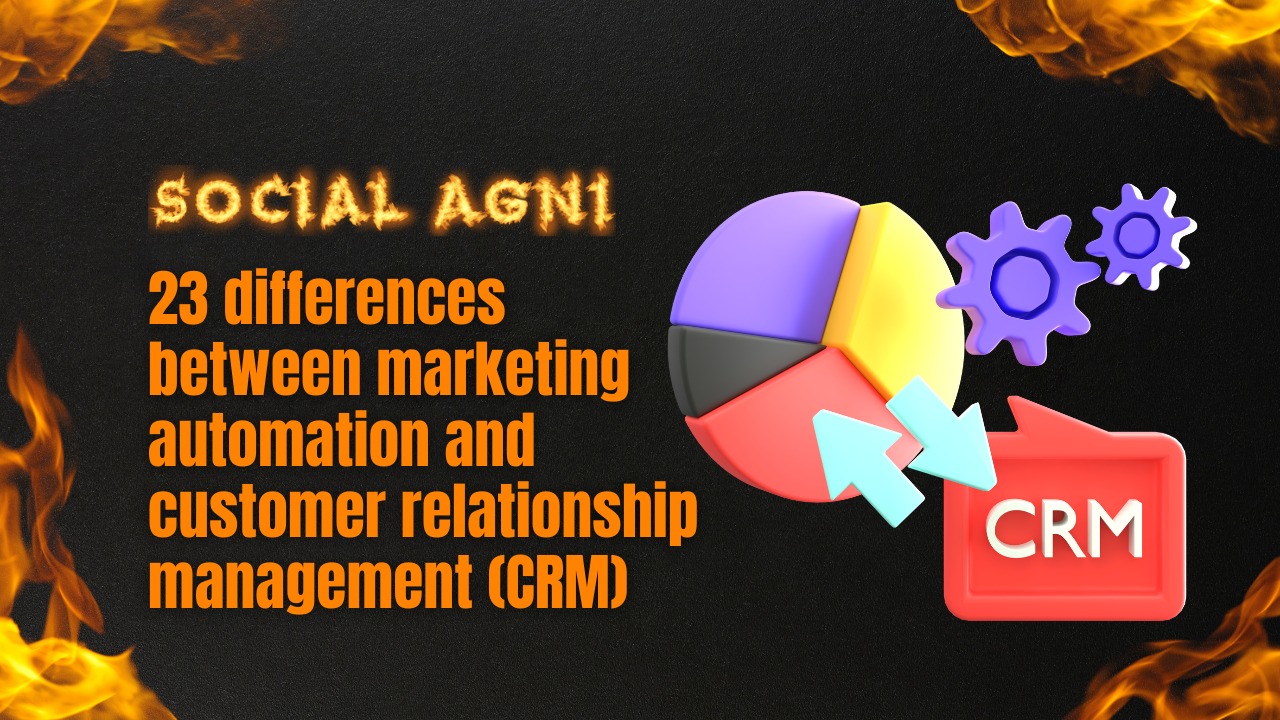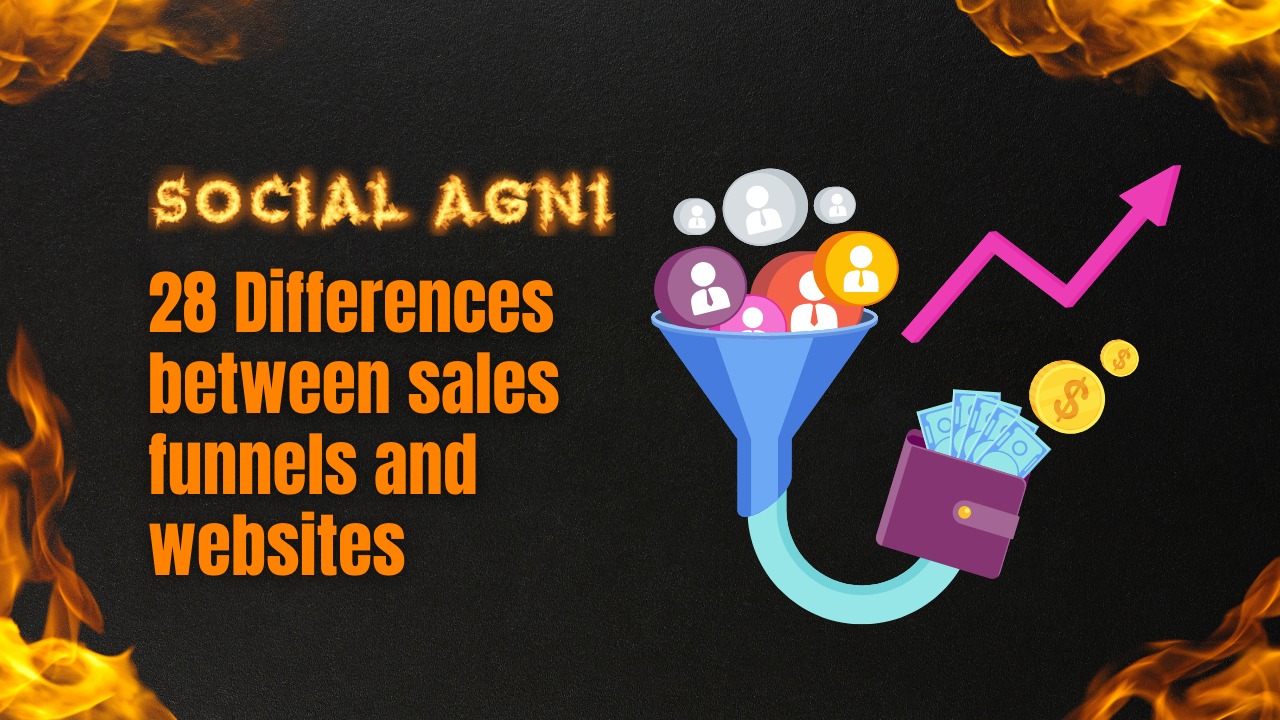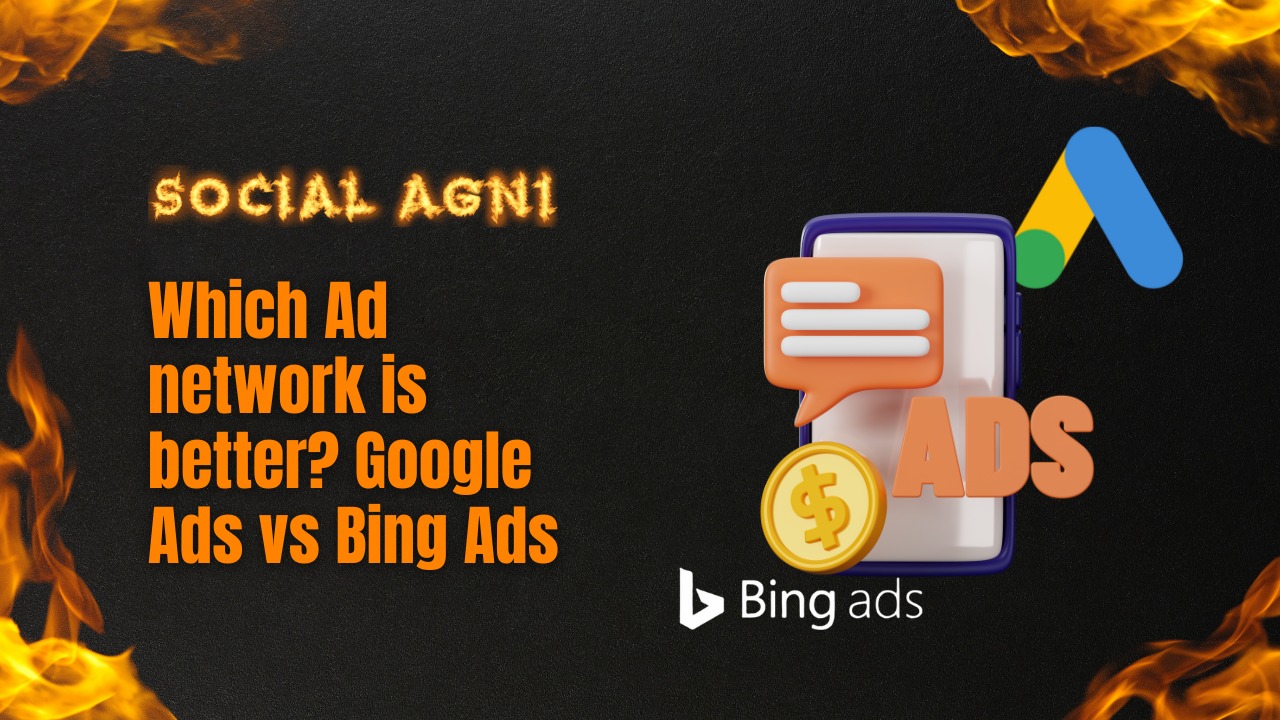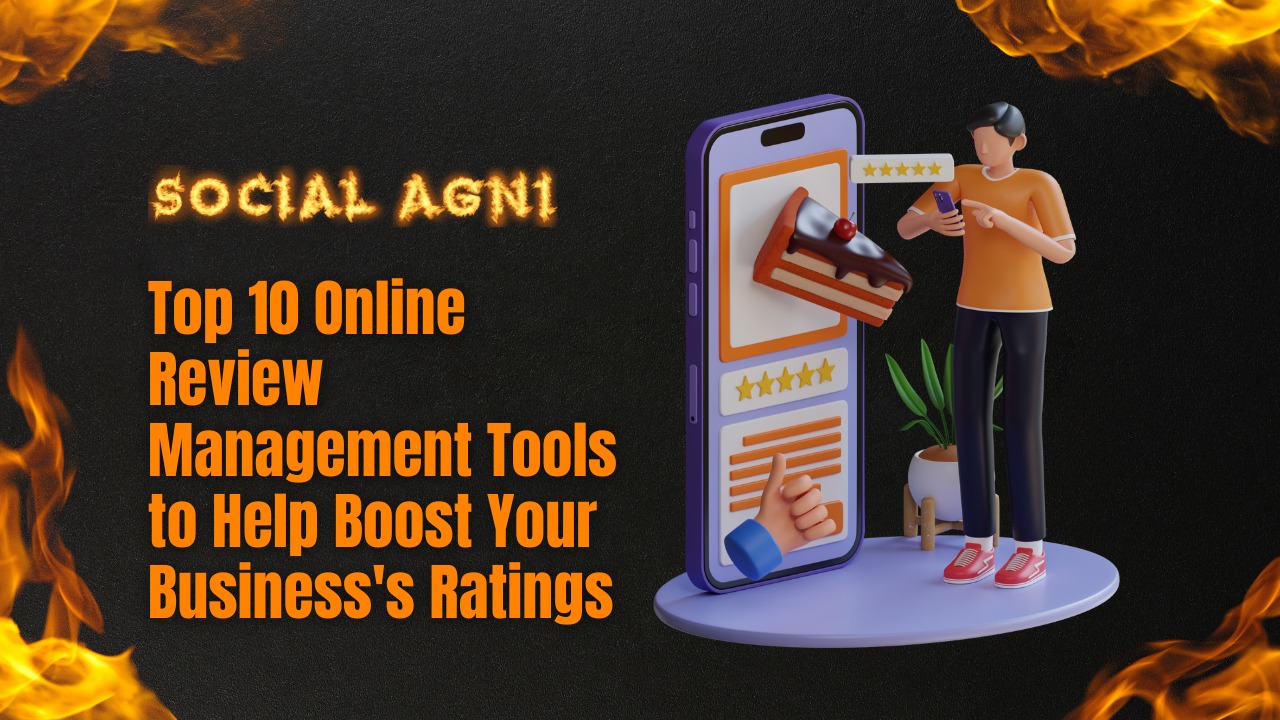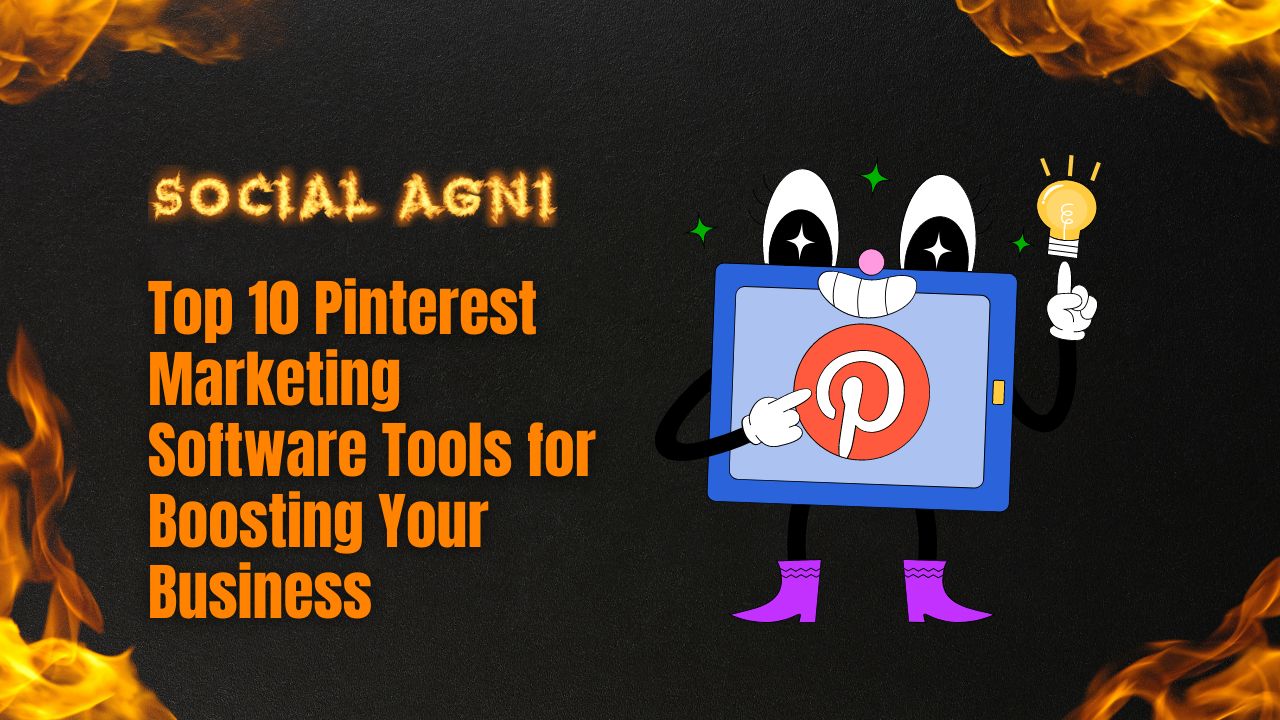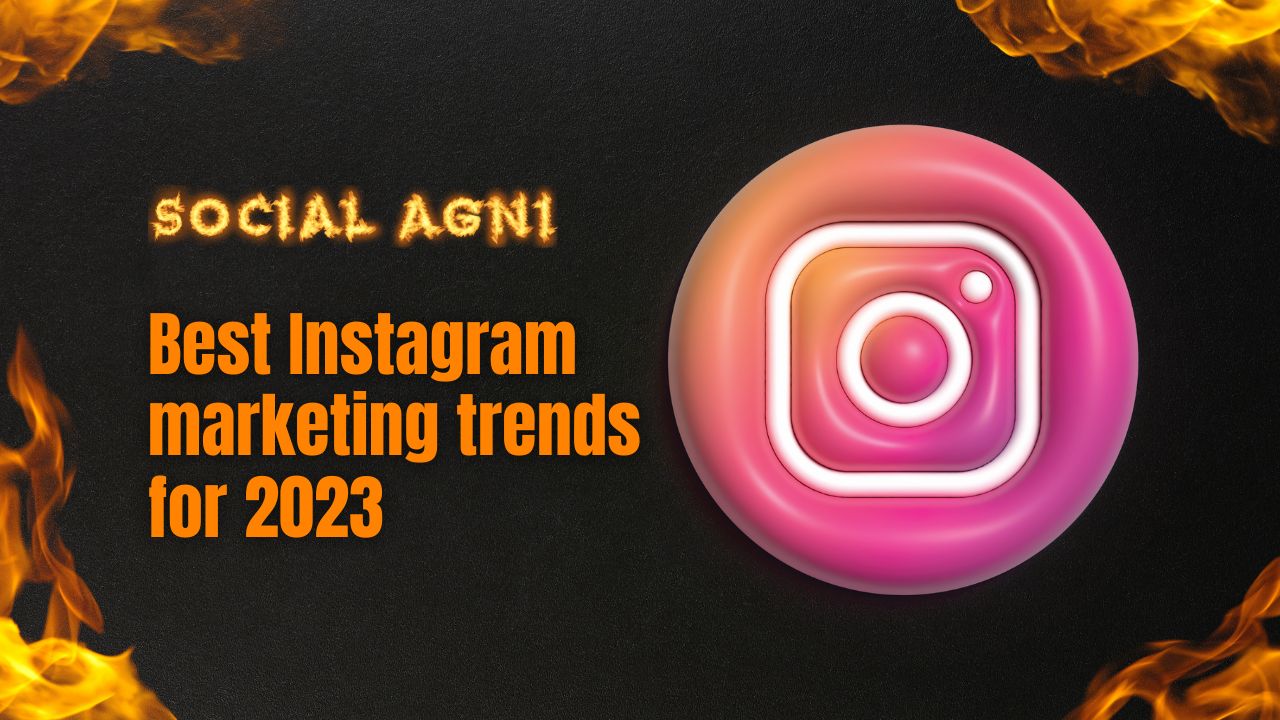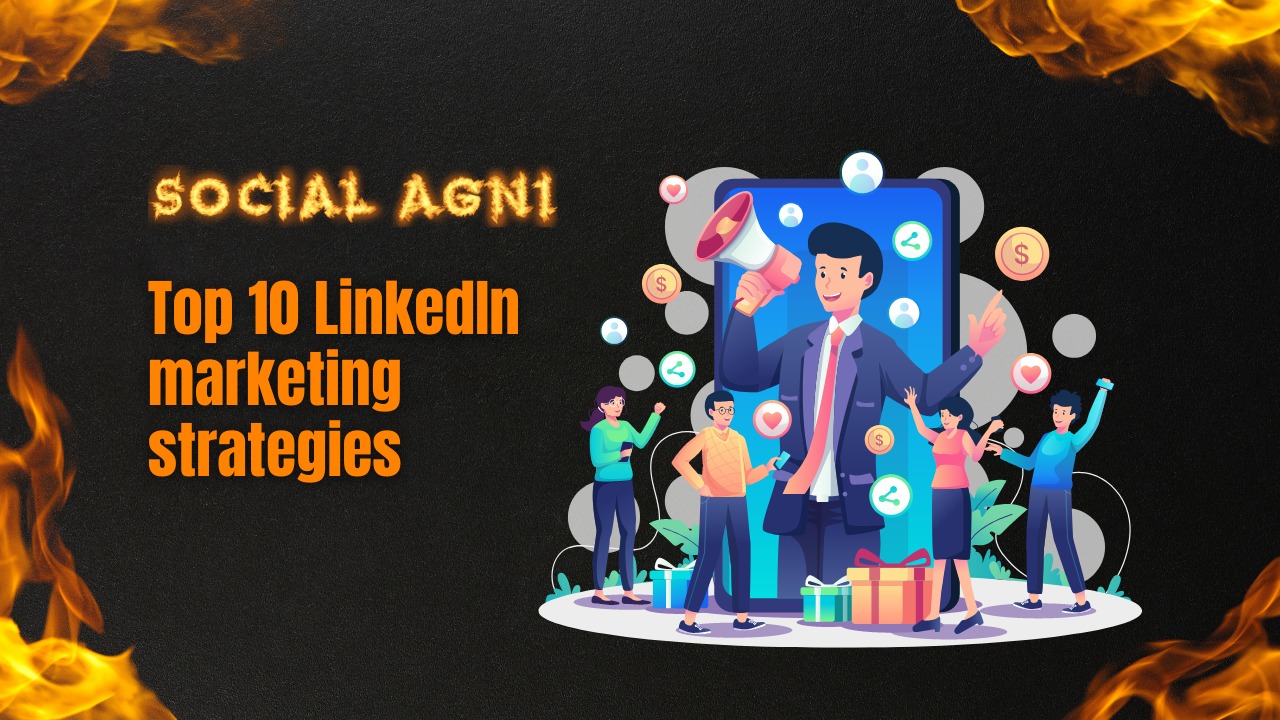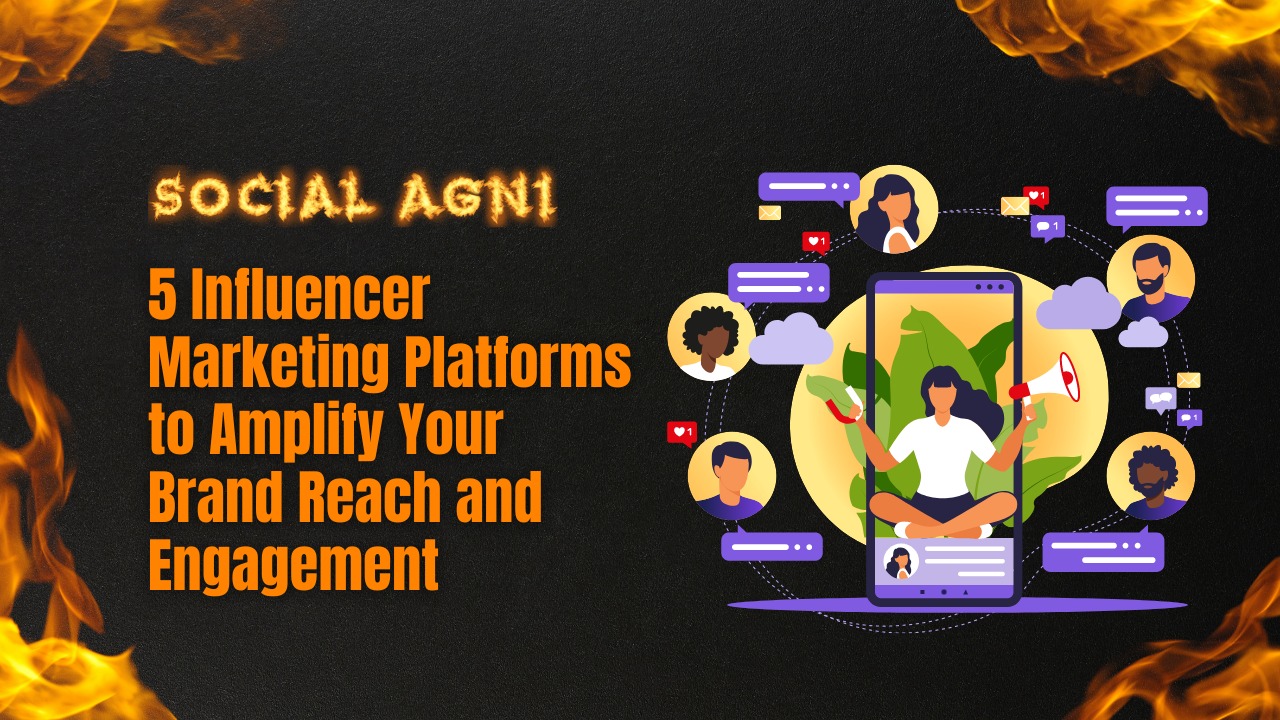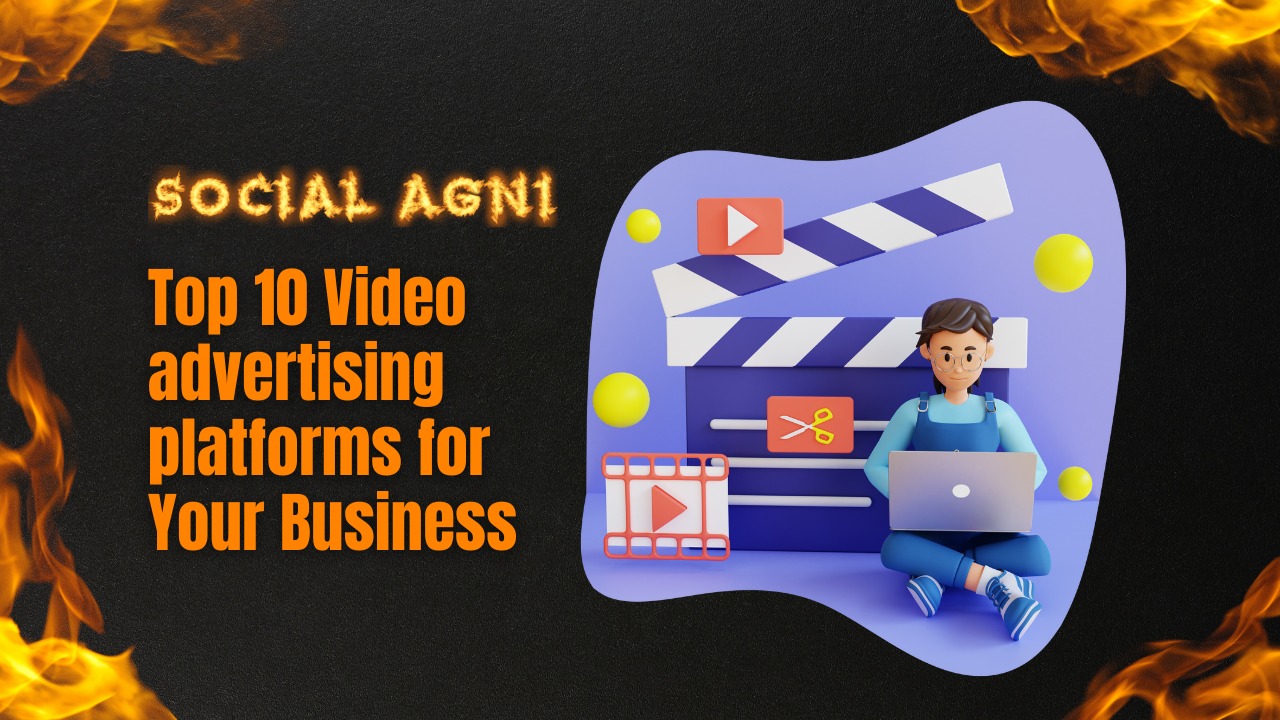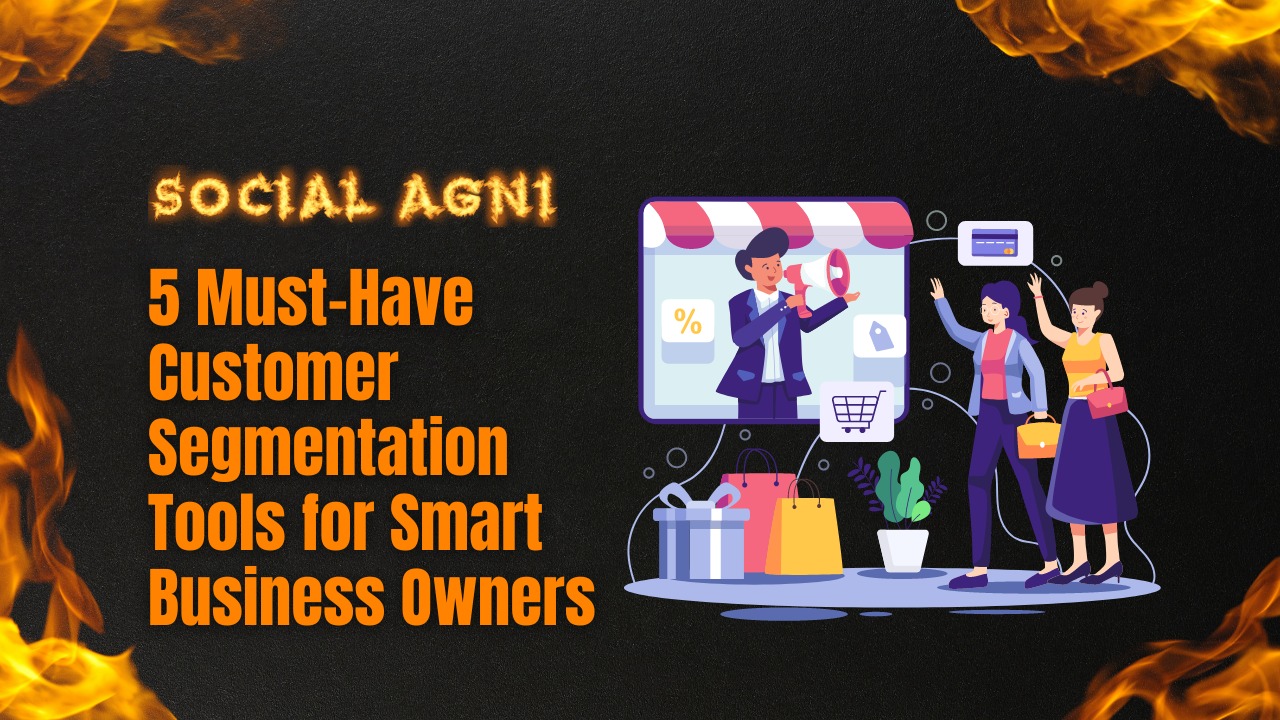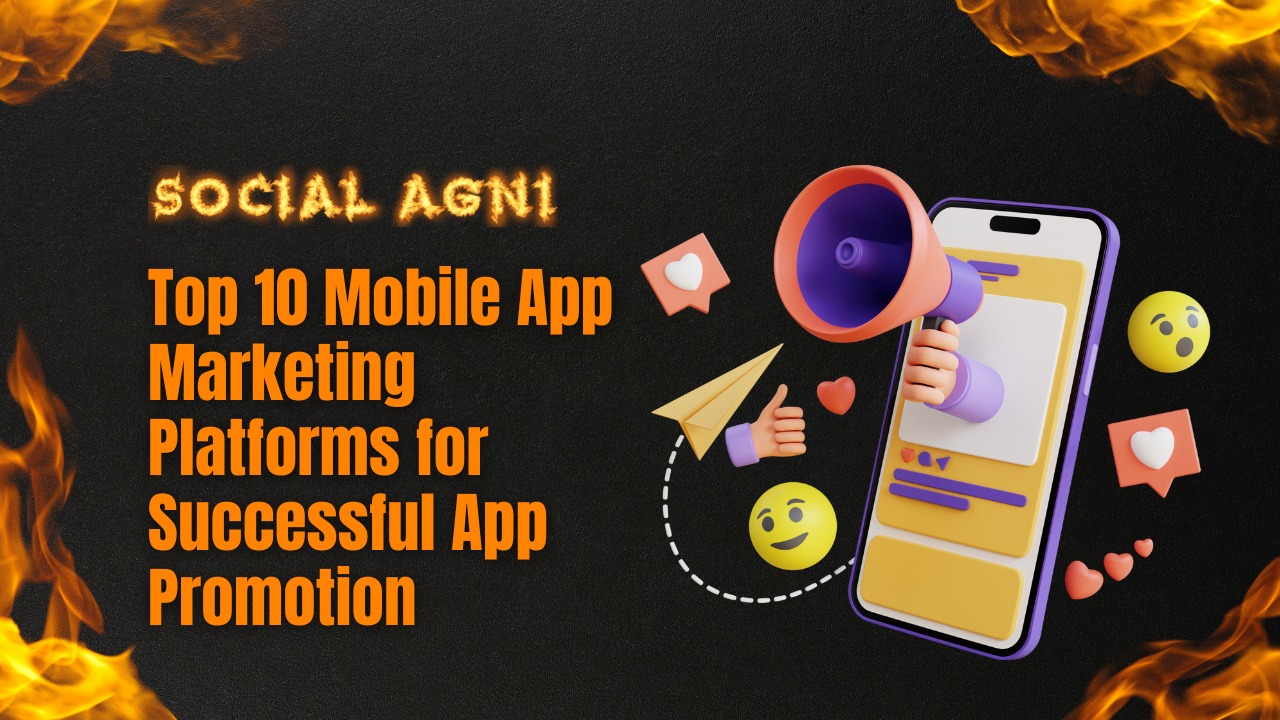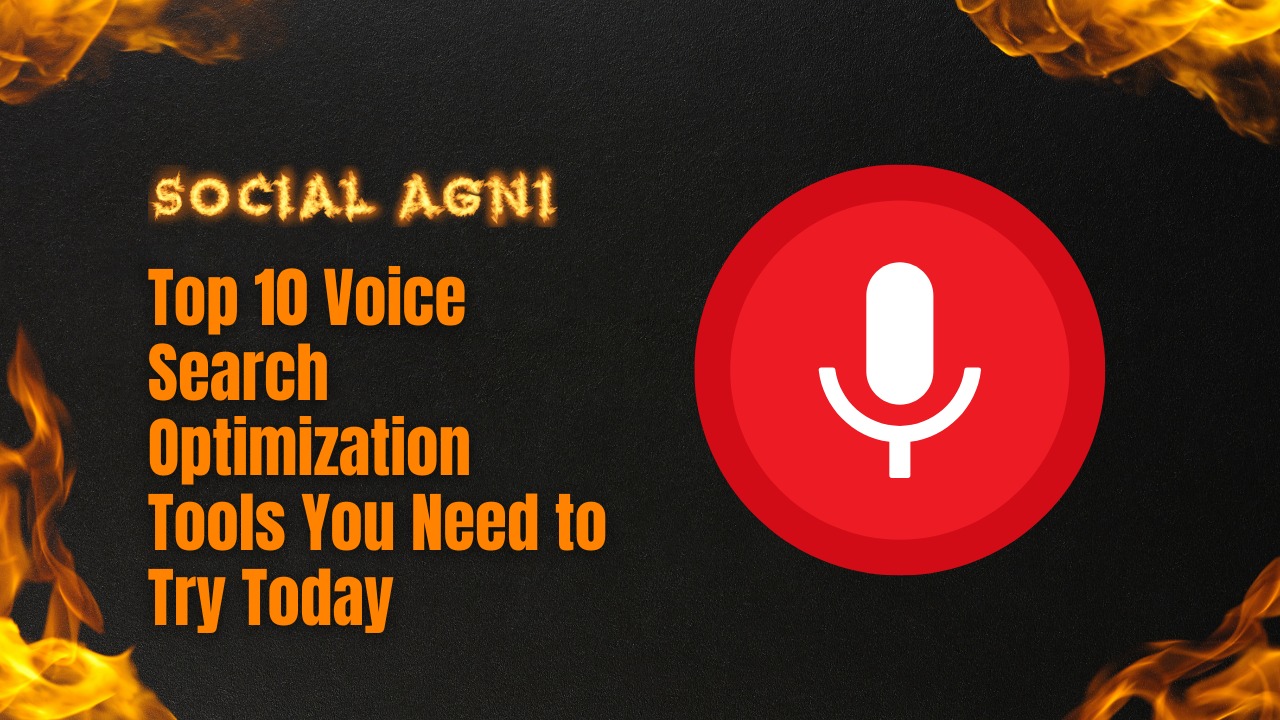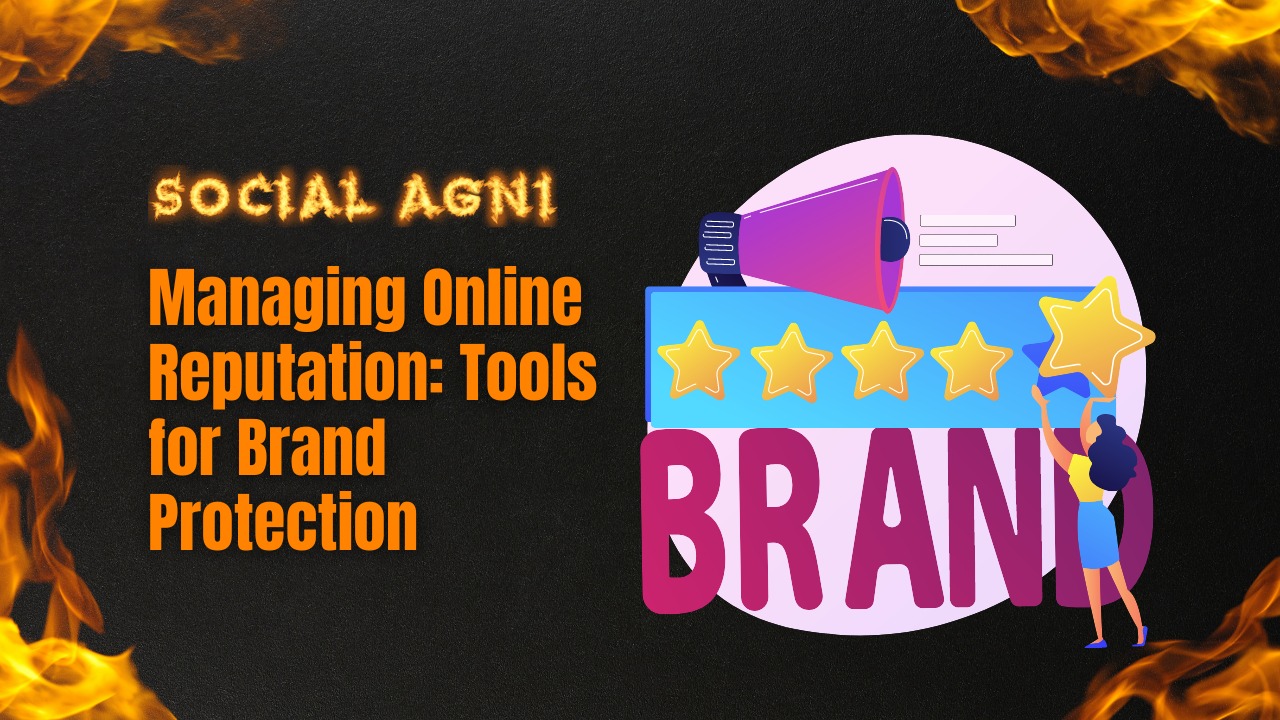Video marketing has become one of the most effective ways to reach customers and promote products or services. With the rise of social media and the popularity of video content, businesses are realizing the importance of incorporating video into their marketing strategies. In this article, we will explore what video marketing is, how it can help your business, and some tips for creating effective video content.
What is Video Marketing?
Video marketing can be used to educate customers about a product, showcase its features, or build brand awareness. Video marketing can take many forms, including product demos, explainer videos, customer testimonials, brand videos, and social media videos.
One of the key benefits of video marketing is its ability to engage viewers. Video content is more dynamic and visually stimulating than other types of content, making it more likely to capture viewers’ attention and keep them engaged. This can be especially important for businesses that are trying to reach younger audiences, who tend to consume more video content than other age groups.
Another advantage of video marketing is its versatility. Videos can be shared on a variety of platforms, including social media, email, and websites. This means that businesses can reach a wider audience and increase their exposure by creating compelling video content.
How Can Video Marketing Help Your Business?
Video marketing can benefit businesses in a number of ways. Here are a few of the key benefits:
- Increased Engagement: As mentioned earlier, video content is more engaging than other types of content. By incorporating video into your marketing strategy, you can capture viewers’ attention and keep them engaged for longer periods of time.
- Improved SEO: Videos can also help improve your search engine rankings. Google and other search engines prioritize websites that have engaging and high-quality content, including video content. By incorporating video into your website and other marketing channels, you can improve your website’s SEO and increase your visibility in search results.
- Greater Reach: Video content can be shared on a variety of platforms, including social media, email, and websites. By creating compelling video content, you can reach a wider audience and increase your exposure. This can help you build brand awareness and attract new customers.
- Increased Conversions: Video content can also help increase conversions. By showcasing your product or service in action, you can help potential customers visualize how it can benefit them. This can lead to increased sales and higher conversion rates.
- Improved Customer Relationships: Finally, video content can help improve your relationships with customers. By creating educational or informative videos, you can help customers better understand your products and services. By sharing customer testimonials or behind-the-scenes footage, you can also help build trust and establish a more personal connection with your audience.
Tips for Creating Effective Video Content
Now that we’ve explored the benefits of video marketing, let’s take a look at some tips for creating effective video content:
- Know Your Audience: Before you start creating video content, it’s important to understand your target audience. What are their interests? What kind of content do they respond to? By knowing your audience, you can create video content that is more likely to resonate with them and capture their attention.
- Keep It Short and Sweet: Attention spans are short, especially when it comes to video content. Try to keep your videos short and to the point, focusing on the most important information or message. This will help ensure that viewers stay engaged and don’t lose interest.
- Use High-Quality Equipment: While you don’t need professional-grade equipment to create effective video content, it’s important to use high-quality equipment. This includes a decent camera, microphone, and lighting. Poor-quality video or audio can be distracting and make it difficult for viewers to engage with your content.
- Tell a Story: One of the most effective ways to engage viewers is by telling a story. Whether it’s the story of your brand or the story of a customer who has benefited from your product or service, a compelling narrative can capture viewers’ attention and keep them engaged.
- Add Value: Make sure your video content adds value for your viewers. Whether it’s educational or entertaining, your content should provide something of value to your audience. This will help establish your brand as a trusted source of information and keep viewers coming back for more.
- Include a Call to Action: Finally, don’t forget to include a call to action in your video content. Whether it’s encouraging viewers to visit your website, sign up for a newsletter, or purchase a product, a clear call to action can help drive conversions and make the most of your video marketing efforts.
Advantages of Video Marketing
Video has become a crucial component of modern-day marketing, and for good reason. There are several advantages to incorporating video into your marketing strategy, ranging from increased engagement to improved brand awareness. In this article, we will discuss the key advantages of video marketing and why it should be a priority for your business.
1. Improved Engagement
One of the primary advantages of video marketing is the ability to engage with your audience in a way that text and images cannot. Videos allow you to tell your brand’s story, showcase your products or services, and connect with your audience on a more personal level.
Studies have shown that videos are more likely to be shared and engaged with on social media platforms than text or images. In fact, social media posts with videos receive 120% more engagement than those without.
Additionally, video content can increase the amount of time visitors spend on your website. This, in turn, can improve your website’s search engine ranking and overall traffic.
2. Increased Brand Awareness
Video marketing can also help increase your brand’s visibility and awareness. By creating high-quality, engaging video content, you can showcase your brand’s personality, values, and offerings to a wider audience.
One way to do this is by leveraging the power of video advertising. Platforms like YouTube and Facebook allow businesses to create targeted ads that appear before, during, or after videos. This can help you reach a larger audience and drive more traffic to your website or social media channels.
Another way to increase brand awareness is by creating shareable video content. When your audience shares your videos on social media, it exposes your brand to a wider audience and can help generate buzz around your products or services.
3. Improved Conversion Rates
Video marketing has been shown to improve conversion rates across a variety of industries. By providing valuable information about your products or services in an engaging and informative way, you can help drive more leads and sales.
For example, a study by Wyzowl found that 84% of consumers were convinced to make a purchase after watching a brand’s video. Additionally, videos can help reduce cart abandonment rates by providing customers with the information they need to make a purchase decision.
4. Better ROI
Video marketing can also provide a better return on investment (ROI) than other marketing strategies. While the upfront costs of producing high-quality videos may seem daunting, the long-term benefits can be significant.
According to Hubspot, video content can generate up to 66% more qualified leads per year, and businesses that use video in their marketing strategy see a 49% faster revenue growth than those that don’t.
Additionally, video content can be repurposed across a variety of channels, including social media, email marketing, and website content. This can help extend the life of your video content and provide a higher ROI over time.
5. Enhanced SEO
Finally, video marketing can help improve your website’s search engine optimization (SEO). Google’s algorithm favors websites with high-quality, engaging content, and video can help meet these criteria.
By embedding videos on your website, you can increase the amount of time visitors spend on your site, reduce your bounce rate, and improve your search engine ranking. Additionally, by optimizing your video content with relevant keywords and tags, you can help improve your website’s visibility in search results.
Types Of Video That Can Get You The Maximum Reach:
1. Explainer Videos
Explainer videos are an effective way to introduce your brand, products, or services to a new audience. These videos are typically short and concise, explaining the key features and benefits of your offering in an engaging and informative way.
Explainer videos can be created in a variety of formats, including animated videos, live-action videos, and whiteboard animations. They can be used on your website, social media channels, and other digital platforms to provide an introduction to your brand and generate interest from potential customers.
When creating an explainer video, it’s important to keep your audience in mind. Use clear, simple language that resonates with your target audience, and highlight the benefits of your offering in a way that’s easy to understand.
2. Product Demo Videos
Product demo videos are a great way to showcase the features and benefits of your products or services in action. These videos can provide a closer look at your offerings and help potential customers understand how they work.
Product demo videos can be created in a variety of formats, including live-action videos, animated videos, and screen capture videos. They can be used on your website, social media channels, and other digital platforms to provide an in-depth look at your products or services.
When creating a product demo video, it’s important to highlight the key features and benefits of your offering in an engaging way. Use clear visuals and simple language to demonstrate how your products or services can solve your customers’ pain points.
3. Testimonial Videos
These videos feature real customers sharing their positive experiences with your brand, products, or services.
Testimonial videos can be created in a variety of formats, including live-action videos, animated videos, and customer interviews. They can be used on your website, social media channels, and other digital platforms to showcase the value of your offerings and build social proof.
When creating a testimonial video, it’s important to choose the right customers to feature. Look for customers who have had a positive experience with your brand and can speak to the benefits of your products or services. Use their stories to show potential customers the real-world impact of your offerings.
4. How-To Videos
How-to videos are an effective way to provide valuable information to your audience while showcasing your expertise in your industry. These videos provide step-by-step instructions on how to complete a specific task or solve a specific problem.
How-to videos can be created in a variety of formats, including live-action videos, animated videos, and screen capture videos. They can be used on your website, social media channels, and other digital platforms to provide value to your audience and establish your brand as a thought leader in your industry.
When creating a how-to video, it’s important to keep your audience in mind. Use clear, simple language and step-by-step instructions to guide your viewers through the process. Use visuals to demonstrate each step of the process and provide helpful tips and tricks along the way.
5. Behind-The-Scenes Videos
Behind-the-scenes videos provide a behind-the-scenes look at your brand, products, or services. These videos can provide a glimpse into your brand’s culture, values, and operations, helping to build a personal connection with your audience.
Examples of Effective Video Marketing
To get a better sense of what effective video marketing looks like, let’s take a look at a few examples:
- Dollar Shave Club: Dollar Shave Club is a subscription-based razor company that has become well-known for its humorous and engaging video content. The company’s first video, which featured founder Michael Dubin explaining the company’s product and philosophy, went viral and helped establish the brand’s unique tone and voice.
- GoPro: GoPro is a camera company that has built its brand around user-generated video content. By encouraging its customers to share their GoPro footage on social media and other platforms, the company has created a community of brand advocates who help promote its products through their own videos.
- Airbnb: Airbnb is a travel booking platform that has used video content to showcase its unique offerings and build trust with potential customers. The company’s “Live There” campaign, which features short videos of people living like locals in Airbnb rentals around the world, has been particularly effective at capturing viewers’ attention and generating interest in the platform.
Conclusion
Video marketing is a powerful tool for businesses looking to reach new audiences and promote their products or services. By creating engaging and informative video content, businesses can improve their brand awareness, increase their visibility in search results, and drive conversions. By following the tips outlined in this article and looking to examples of effective video marketing, businesses can create compelling video content that resonates with their target audience and helps them achieve their marketing goals.
Frequently Asked Questions (FAQs)
1. What is video marketing?
Video marketing is the use of videos to promote a brand, product, or service. It involves creating and distributing videos across various platforms to reach and engage with target audiences.
2. Why is video marketing important?
Video marketing is important because it can help businesses build brand awareness, increase engagement and conversion rates, and establish thought leadership in their industry. Videos are also highly shareable and can help businesses reach new audiences.
3. What types of videos can be used for video marketing?
There are various types of videos that can be used for video marketing, including explainer videos, product demo videos, testimonial videos, how-to videos, and behind-the-scenes videos.
4. What platforms can I use for video marketing?
There are various platforms that can be used for video marketing, including YouTube, Facebook, Instagram, LinkedIn, and TikTok.
5. How can I measure the success of my video marketing campaigns?
You can measure the success of your video marketing campaigns by tracking metrics such as views, engagement rates, conversion rates, and overall ROI.
6. What makes a successful video marketing campaign?
A successful video marketing campaign is one that resonates with your target audience, communicates your brand message effectively, and generates the desired results in terms of engagement, conversion rates, and ROI.
7. How long should my video be?
The length of your video will depend on the type of video and the platform you’re using. Generally, videos should be short and concise, with most videos being between 1-3 minutes long.
8. Do I need a professional video production team to create videos?
No, you don’t necessarily need a professional video production team to create videos. With advancements in technology, it’s easier than ever to create high-quality videos with just a smartphone or basic equipment. However, it’s important to ensure that your videos are high-quality and professional-looking.
9. How can I ensure that my videos are engaging?
To ensure that your videos are engaging, it’s important to focus on storytelling, use visuals and music effectively, and keep your content relevant and interesting to your target audience.
10. How often should I post videos?
The frequency of your video posting will depend on your marketing goals and resources. However, it’s important to be consistent and post videos regularly to maintain engagement with your audience.
11. How can I promote my videos?
You can promote your videos by sharing them across your social media channels, embedding them on your website, using paid advertising, and leveraging influencer marketing.
12. How can I optimize my videos for search engines?
You can also optimize your videos for SEO by including a transcript or captions.
13. What are some common mistakes to avoid in video marketing?
Some common mistakes to avoid in video marketing include creating videos that are too long or too promotional, using poor-quality visuals or audio, and not considering your target audience.
14. Can video marketing be effective for B2B companies?
Yes, video marketing can be effective for B2B companies. B2B videos can showcase products or services, provide educational content, and establish thought leadership in the industry.
15. How can I stay up-to-date with video marketing trends?
To stay up-to-date with video marketing trends, it’s important to follow industry blogs, attend conferences and events, and network with other video marketers. You can also join online communities and subscribe to newsletters and podcasts.
